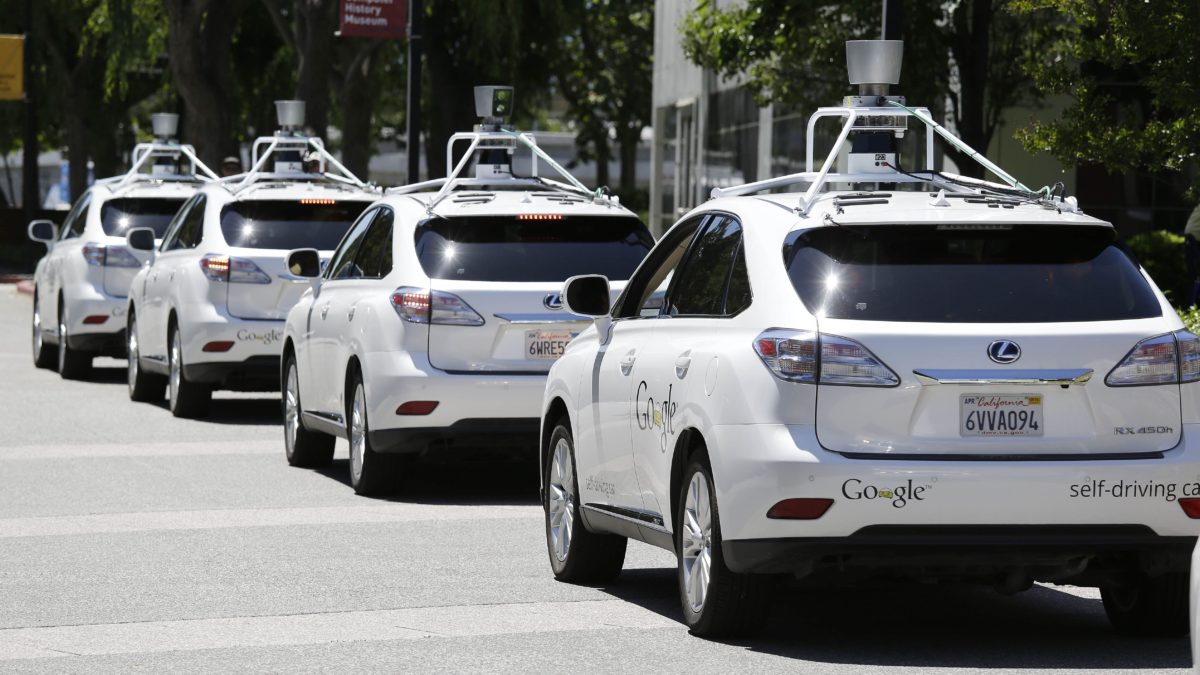After less a month, the largest Chinese online shopping carnival, “double eleven”, is going to come again. On each year’s November 11th, the major e-commerce platforms in China, like Taobao and Jingdong, will launch an incredible promotion, which is going to increase sales revenue significantly. Last year, Taobao made more than 15 billion dollar’s sales revenue on that single day. However, “double eleven” not only brings more revenue, but also causes huge pressure to China’s logistics providers, as they have to process a great amount of packages after this carnival. As a result, many consumers complained that they have to wait for a couple of weeks to receive what they bought during “double eleven”.
Is this problem going to be solved this year? The answer is yes by Jingdong, the largest competitor of Taobao. Instead of outsourcing logistics business to third-party logistics company like Taobao does, Jingdong builds its logistics network completely by itself. This year, Jingdong is going to extend the number of its highly automated warehouse from 9 to 13. These warehouses are located at major cities in China, such as Beijing, Shanghai, Qingdao, and Guangzhou, aiming to improve the general logistics performance in different regions.
So how are these warehouses different from the others? In addition to AS/RS system and automated conveyor belt system, Jingdong implements many kinds of robots at its warehouses. For example, one of Jingdong’s warehouse in Shanghai has four kinds of robots, including transfer robot, sorting robot, grabbing robot, and palletizer robot. The total number of robot in this warehouse is more than 1000, leading to 100% of automation at that warehouse. In addition, Jingdong even applies drones to patrol around the warehouse for safety. According to Jingdong’s report, such a high tech warehouse is able to sort 9000 pieces of package per hour.
Although applying robotic technology will improve a warehouse’s logistics performance significantly, many people are wondering if this technology is going to cut a lot of job opportunities as warehouses become more and more automated. Focusing on this point, Jingdong presents a new plan for its warehouse workers, which is to provide more training so that they will be able to know how to control robots and work together with robots.
Reference:
– http://mp.weixin.qq.com/s/q4xmXMtPxgu4ODQuLbIgAQ
– http://www.bbc.com/zhongwen/simp/china/2016/11/161111_alibaba_singles_day_e-shopping_2016



